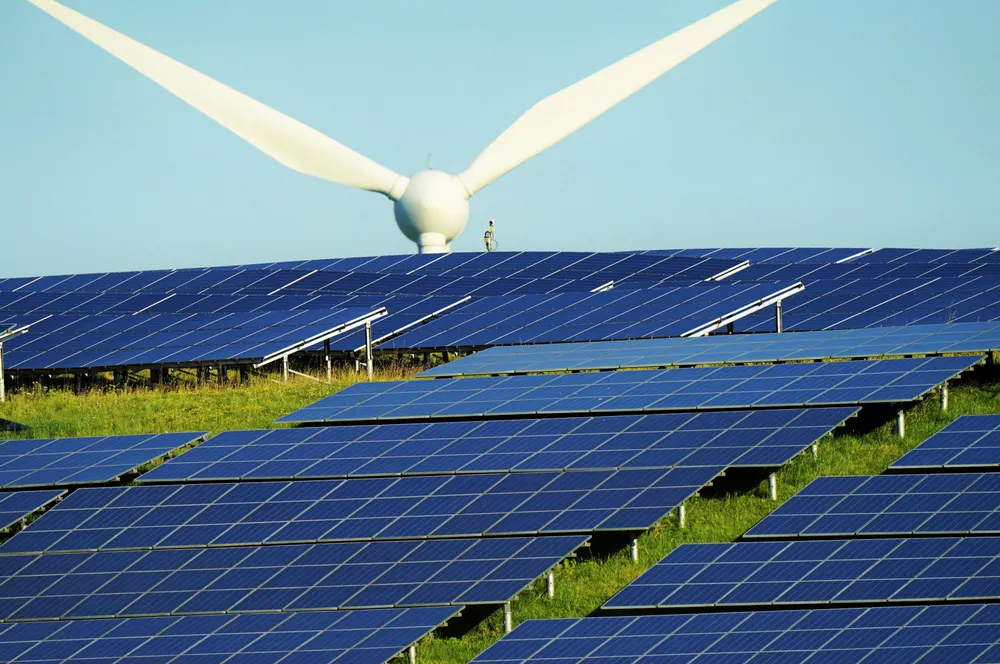Berkeley Lab tallies wind and solar 'net values' in US power system
Cost declines have improved renewable sources' value to market, say researchers

Cost declines for utility-scale wind and solar have increased their value as a hedge in an era of bulk power price fluctuations, yet US consumers don’t always fully benefit, most notably because of contractual and market structures under which these generators operate, according to a new Lawrence Berkeley Laboratory report.
Drawing upon a vast amount of plant-level empirical data from 1,437 large-scale projects that achieved commercial operation between 2011 and 2021, the report quantifies over time so-called net market value of wind and solar.
This is defined as the difference between the cost of replacing wind and solar generation by purchasing electricity in wholesale markets, and the levelised cost of electricity from both renewable sources.
Wind and solar are not tied to the vagaries of fuel markets, meaning their steady prices contracted over the long-term could be advantageous for the rate base.
The report seeks to answer the question of who benefits from this potential price hedge, and factors that influence whether this potential net value is passed on to end-use consumers through their electricity bills.
It found that considering all plants within the sample, in 2022, solar generated $2.1bn in net value nationwide, and wind produced $100m. Prior years resulted in net costs primarily due to the dominance of early wind and solar projects that had higher costs.
Net value is positive for solar in nearly all regions of the US. California Independent System Operator (Caiso), which operates the main grid in that state, is an exception, weighed down by the "relatively high preponderance of older, higher-cost plants".
In 2022, wind contributed high net value in Ercot, which operates the main grid in Texas, and in PJM, which provides electricity to 13 mid-Atlantic and midwestern states.
It found in the case of regulated and public utilities, any savings (or costs) from owned or contracted generation tend to pass through to customers. The same is true with voluntary demand when PPAs are used. Fixed-price unbundled renewable energy credits do not offer the same potential value.
A positive market development has been that improved economics of wind and solar over time are causing, in some cases, purchasers to re-think their contracting practices to ensure that retail customers capture more of the hedge value that wind and solar can provide. This is particularly true of residential customers.
(Copyright)